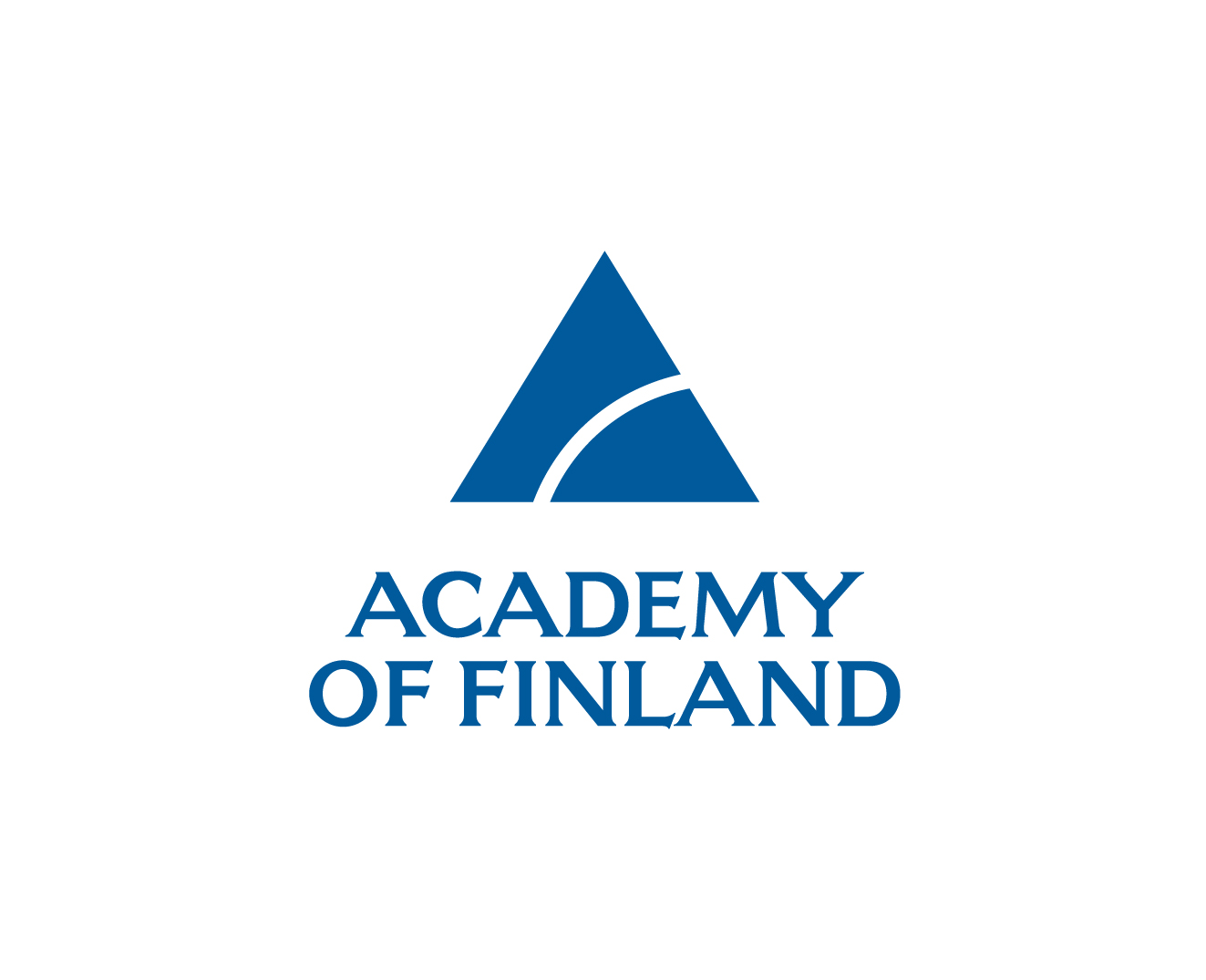From the 1960’s onwards there has been an upsurge of alternative religions in the West. Categories such as new religious movements (NRM) and New Age are well known in contemporary academic discourses and frequently used also in common language. These movements have forced academics to reconsider their conceptions about the place of religion in the modern western culture. In contrast to previous theories of secularization, it has been argued that instead of becoming less religious, the West might just be witnessing a wide transition from traditional religion into new modes of religiosity. Perhaps, in the light of this new understanding, we should even begin to talk about a “post-secular” culture.
The situation is similar in contemporary Finland. There is definitely a large and constantly evolving alternative religious milieu that shapes our religious landscape towards ever increasing pluralization. Post-modern (and maybe post-secular) individuals are searching new spiritual meaning in their lives, and this quest often takes them far from mainstream religious institutions. Moreover, these institutions are often criticized for being too restrictive and, significantly, not spiritual enough. In this individualized religion, formal collectivity and external authorities (such as Church and the Bible) have been replaced by the individual’s own spiritual intuition and inner experience, which are considered the most trustworthy and pure way to reach the higher realms of existence.
It is common that these individuals seek to distance themselves from traditional religiosity, preferring to call themselves “spiritual” rather than “religious”, and draw strongly from modern scientific discourses instead. They often consider their beliefs scientifically valid and use scientific terminology in describing their experiences. This kind of synthesis is, however, nothing new: it was one of the main themes in modern spiritualism and occultism that emerged in the second half of the 19th century, and these movements in turn have their roots in various “esoteric” traditions that have populated European thought and imagination since the Renaissance. During the last couple of decades there has been an increasing academic interest in these movements, especially in the field of Western Esotericism that rose between the history of ideas and religious studies during the 1990’s.
This contemporary milieu of alternative spiritualities is an important context also in the Mind and the Other research project. More precisely, as I have argued in the study I conducted last summer while working as an intern in the project, it can be seen as the larger background against which the messages received by the project (see previous post in this blog by Susanne Ådahl) can be understood. Ideas, experiences and practices that are presented in these messages can often be very clearly tracked down to this milieu. I highlighted especially three currents that I considered as the three main historical components of this milieu in Finland: theosophy, modern spiritualism and parapsychology. Together, these currents have provided most of the key ideas, beliefs and practices into the reservoir from which contemporary spiritual seekers draw when building their individual spiritual identities and worldviews. I analyzed this eclectic “reservoir” by using Christopher Partridge’s theory of “the occulture” (see The Re-enchantment of the West I-II, 2004/2005) and, following his analysis, emphasized the significance of popular culture and social media in the construction of new spiritualities. Overall, I presented this alternative religious milieu as a dynamic and ever-changing landscape, not restrained by traditional institutions and external authorities.
One of the most interesting aspects of Partridge’s analysis is his claim that this milieu – or occulture – is no more limited only to the margins of western society. The occulture has started to “sacralize” even the mainstream institutions of this society, such as medicine, in often ambiguous and subtle ways. However, Partridge does not claim that we are returning to an explicitly religious society similar to premodern Europe. Instead, he wants us to notice that religious worldviews have not vanished from our modern culture but are rather making themselves relevant in new ways by transforming their appearance and functions. These important processes should not go unnoticed in academic research.
Written by Juuso Järvenpää



